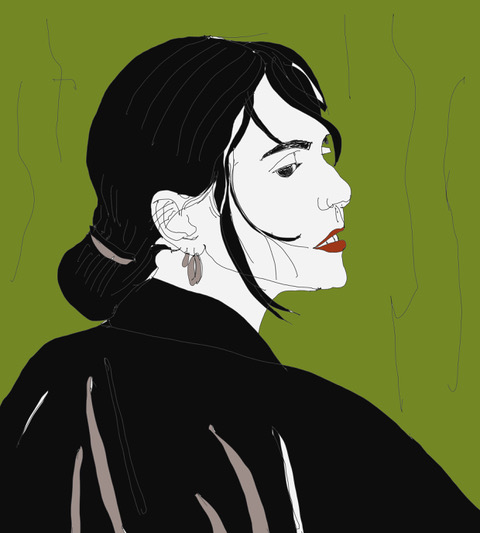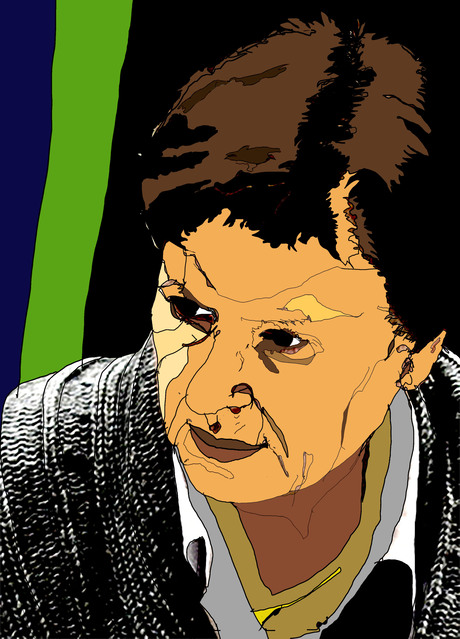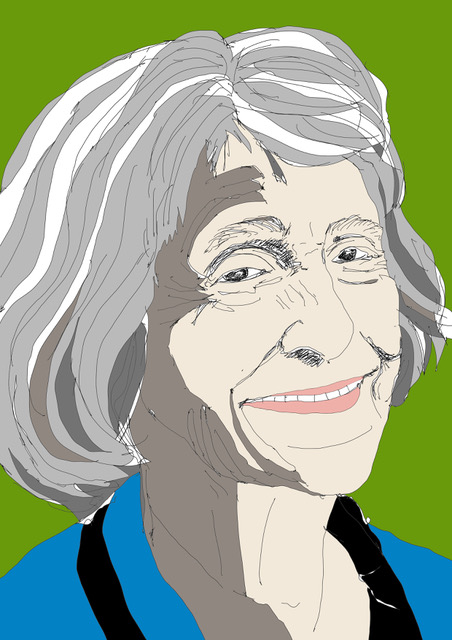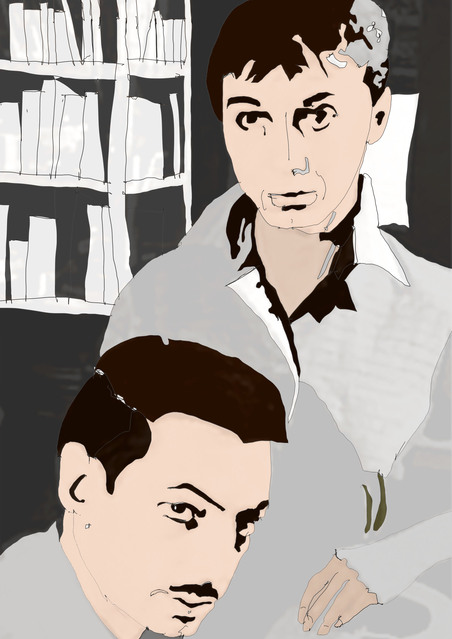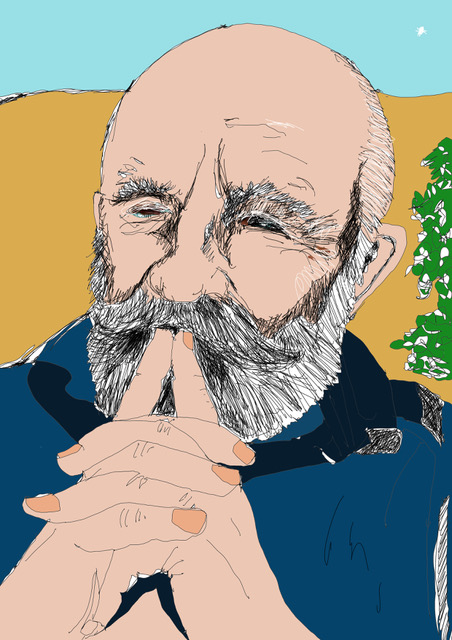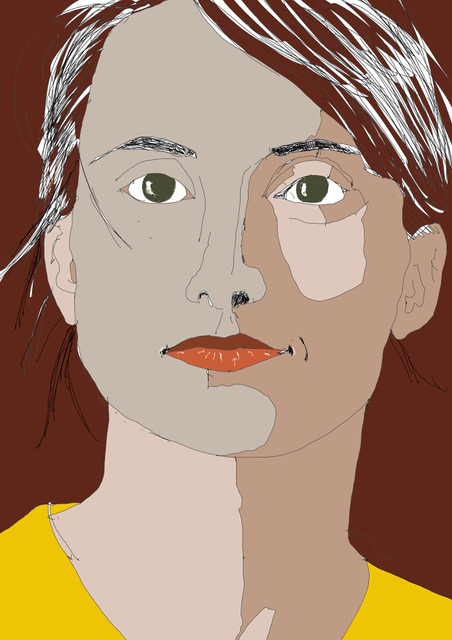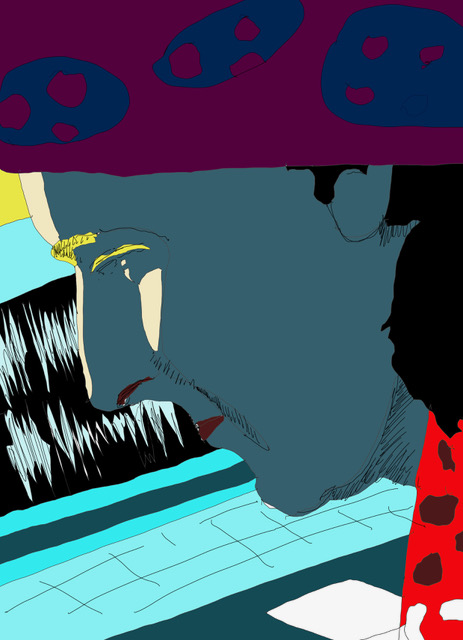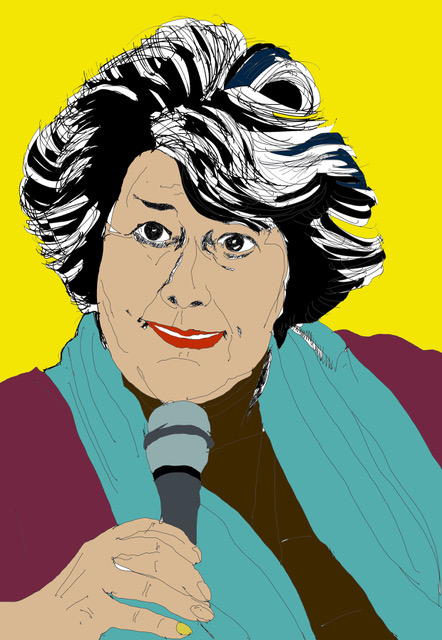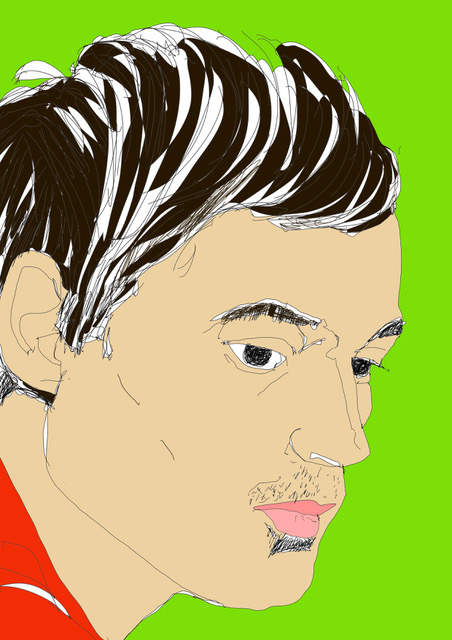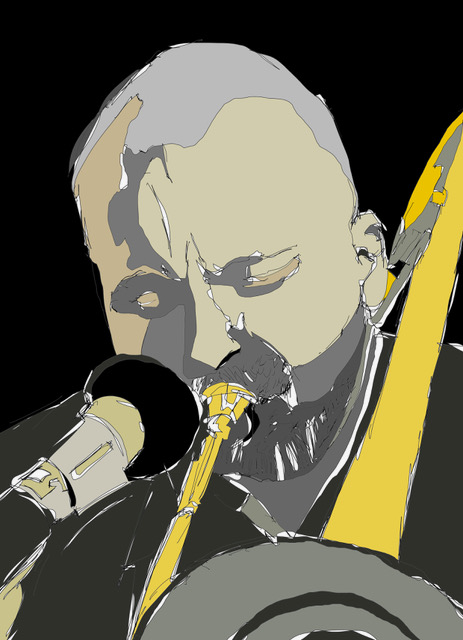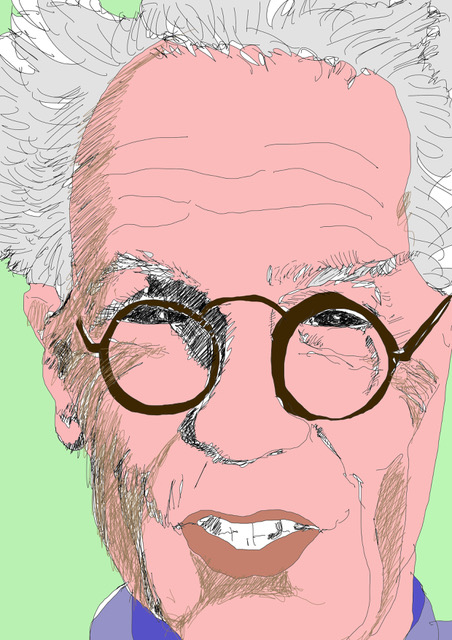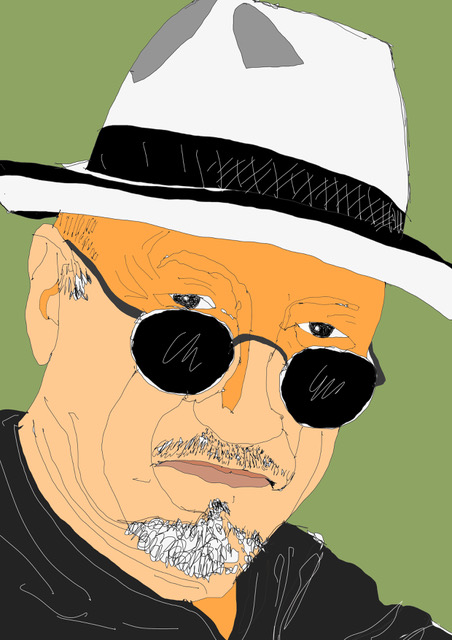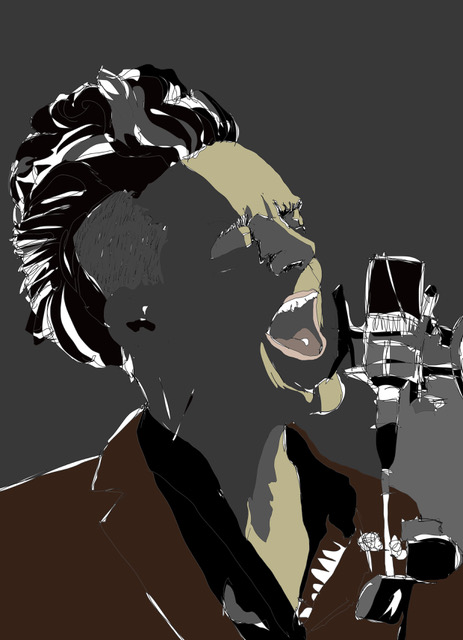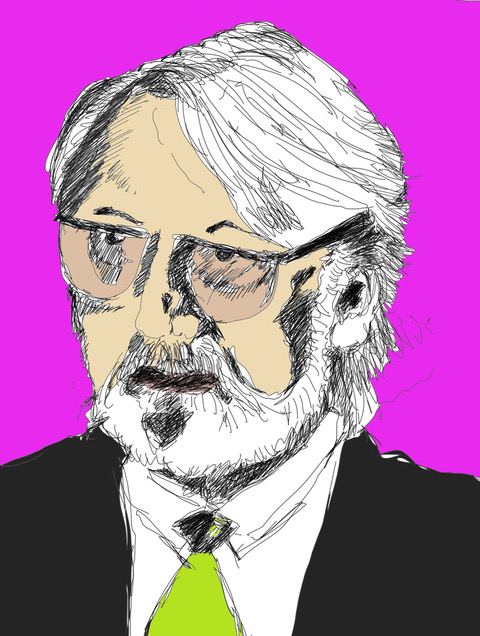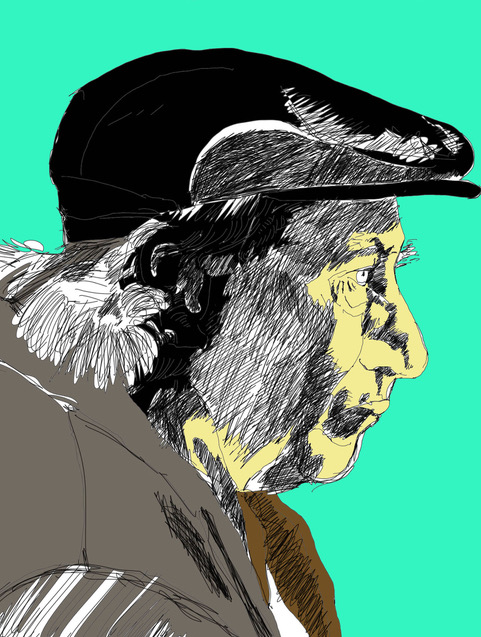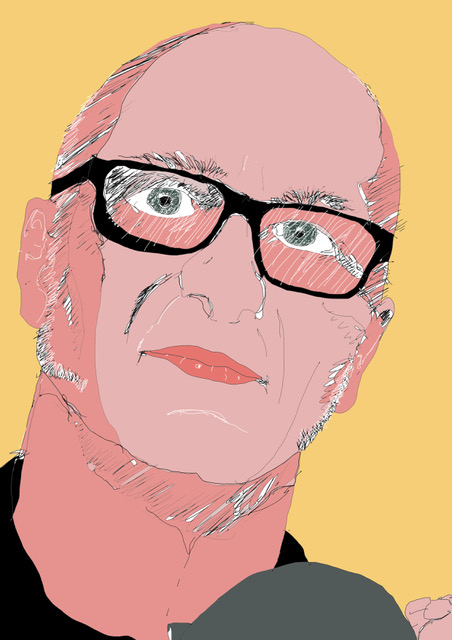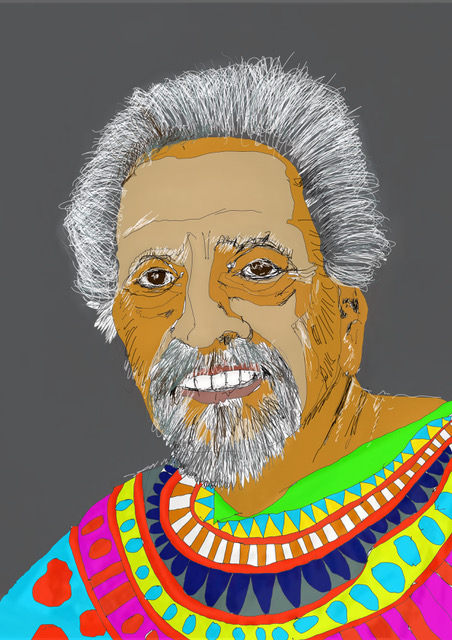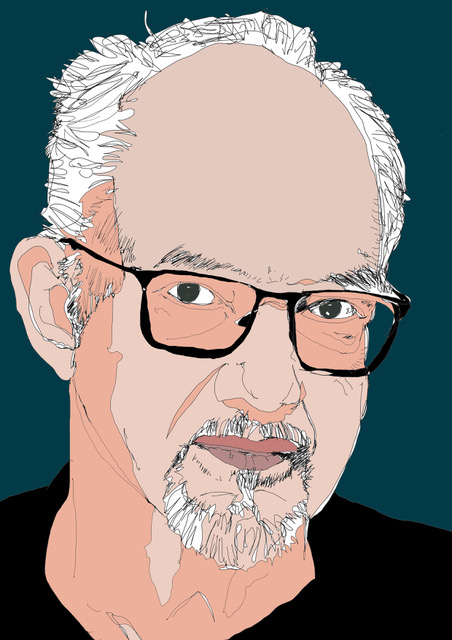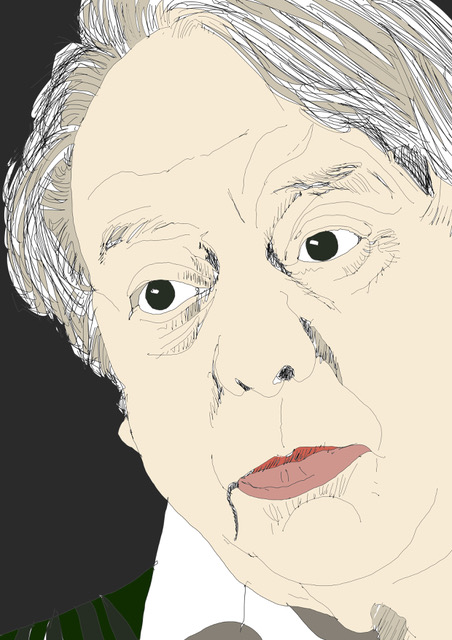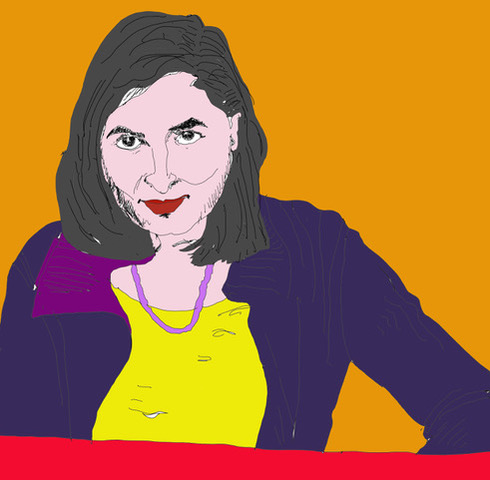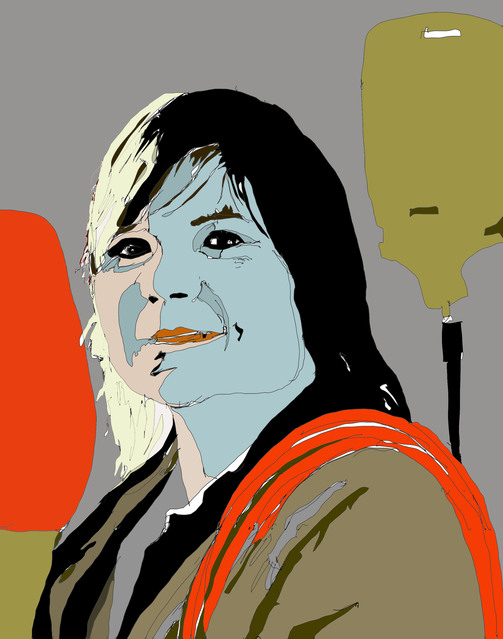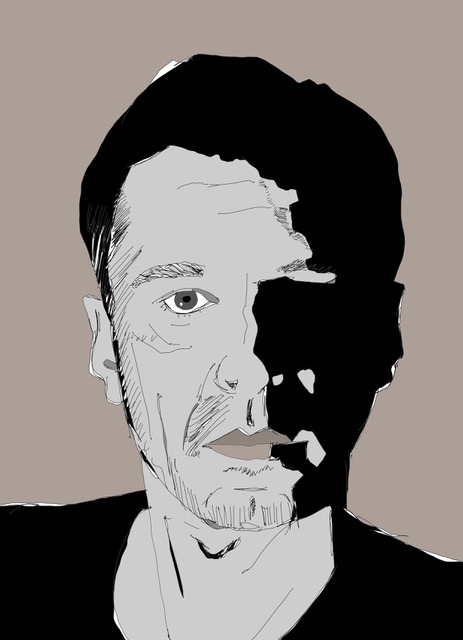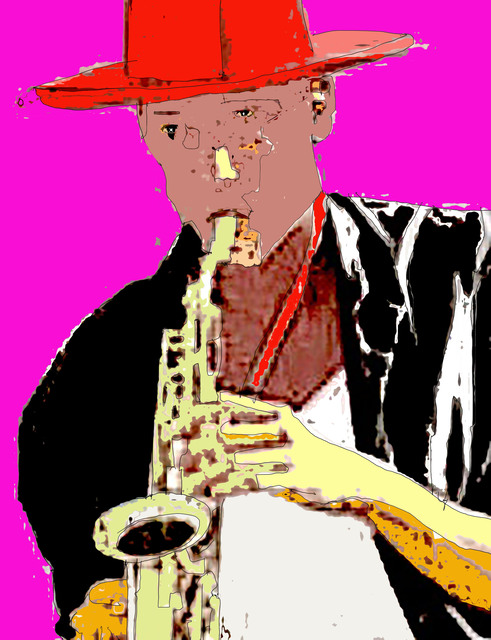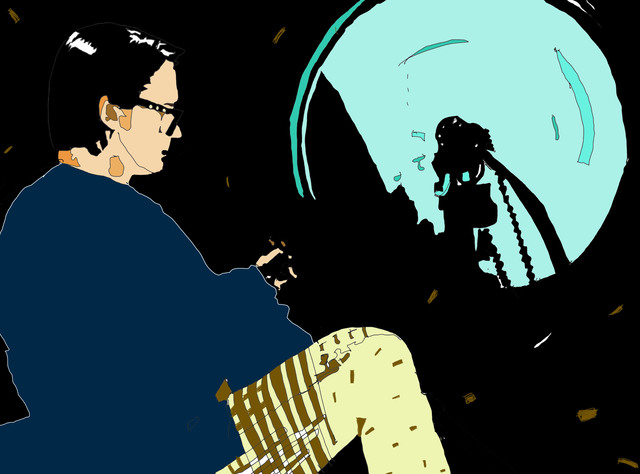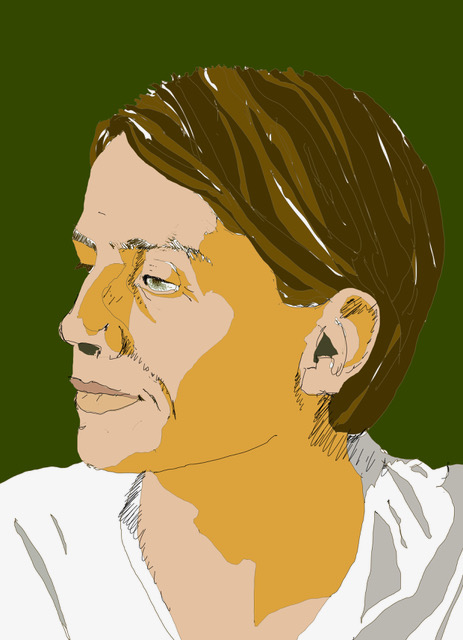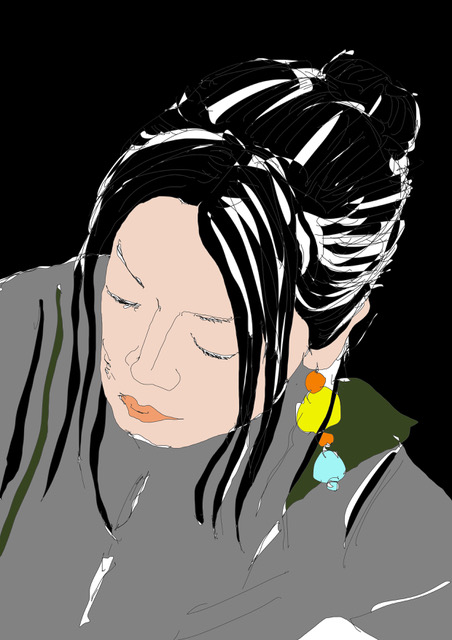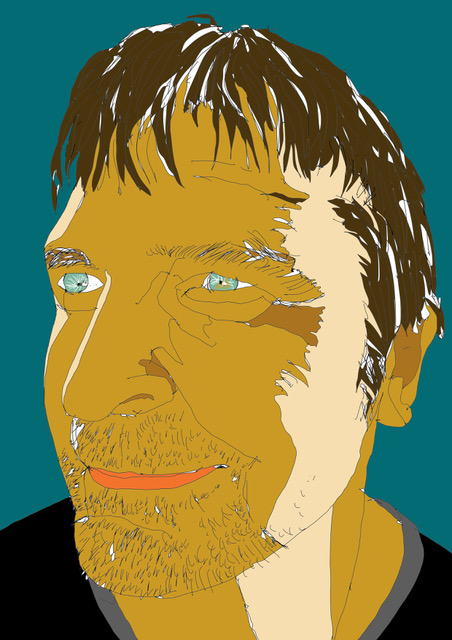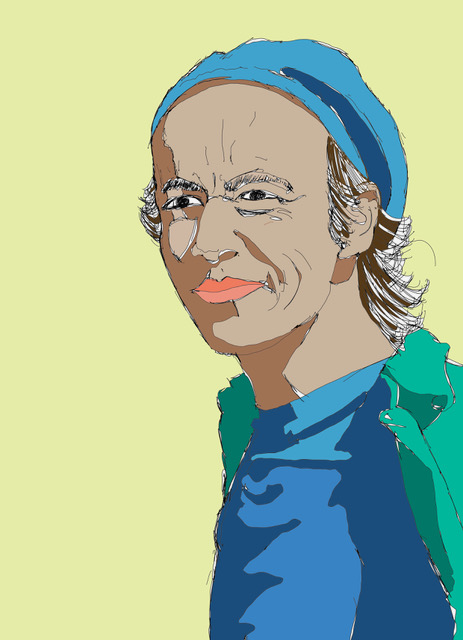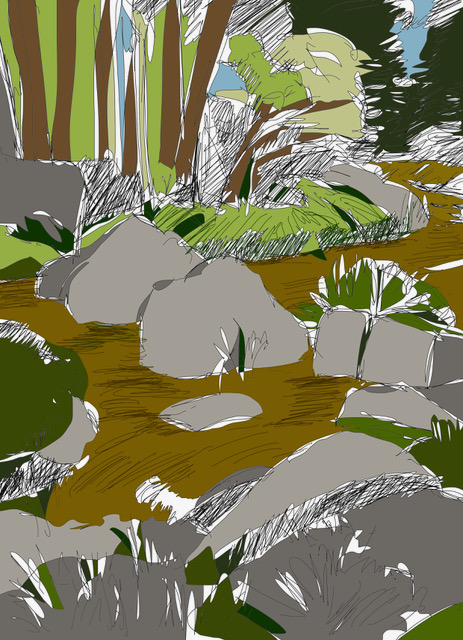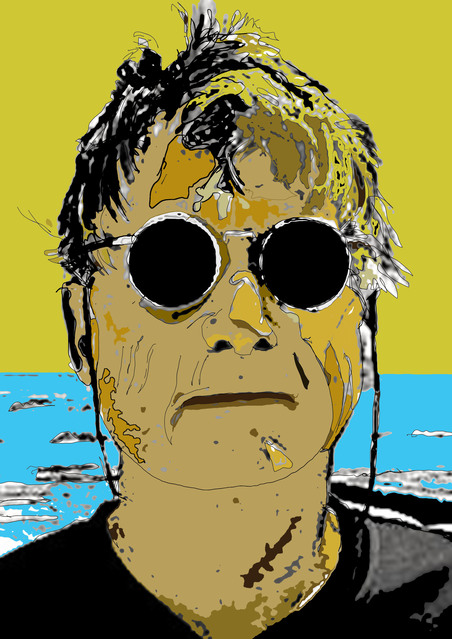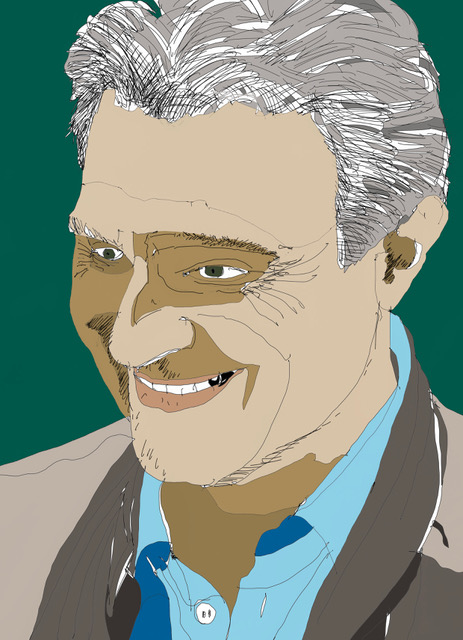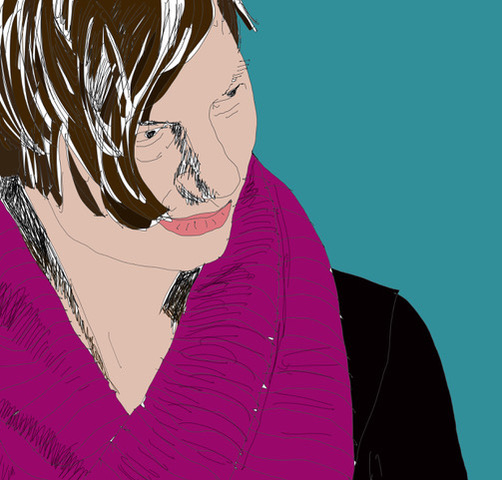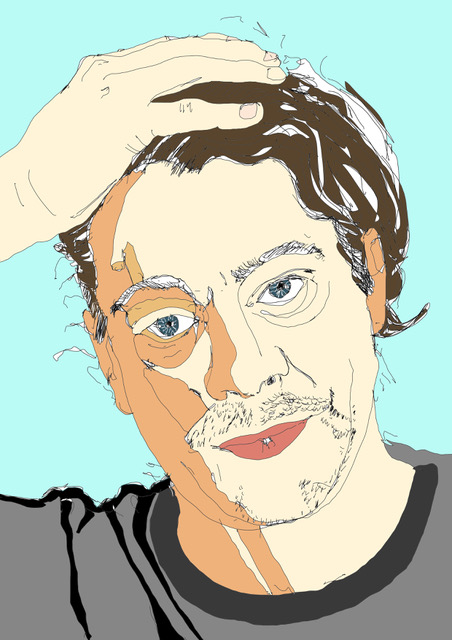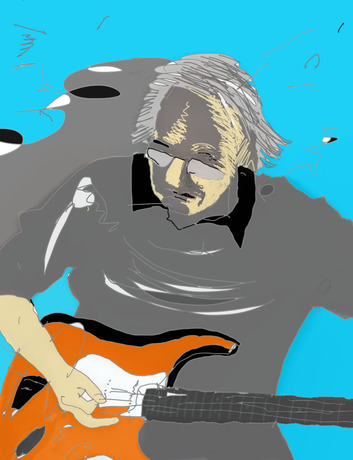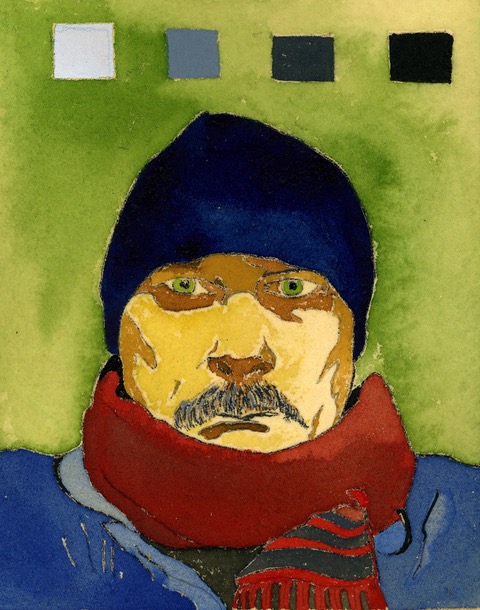Aleksandra Słyż (* 1995, Poland)
Aleksandra Słyż is a Polish composer, musician and sound engineer. She holds degrees from the University of A. Mickiewicz in Poznań, the Poznań Academy of Music, and the Royal College of Music in Stockholm. In her musical compositions, Słyż explores the relationships between acoustic and synthetic sounds. This process is often rooted in natural tuning systems, through which she constructs rich, complex drone structures that highlight the power of microtonal, electroacoustic tensions.
Interactive sonification systems are another large part of her artistic practice. Between 2017 and 2022 Słyż conducted artistic research involving practical experiments on movement sonification and various types of interaction.Her works have been presented at the most important European music festivals and in various major venues including Rewire Festival; CTM; Aarhus Festival; Unsound; Fiber Festival; NODE; Warsaw Autumn; Kyiv Music Fest; ORF musikprotokoll; The Royal Concertgebouw; Fylkingen; Ancienne Belgique; The National Polish Radio Symphony Orchestra; Kunsthalle Helsinki; Meet Factory; Dom im Berg; MONOM; Kunsthal Gent.
SOFTNESS, FLASHES, FLOATING RAGE (2022, stereo, 26 min)
from the album A VIBRANT TOUCH
Recorded between January 2020 and October 2021 in Poznań and Stockholm.
Marcus Warnheim: alto saxophone | Kosma Műller: violin | Kamil Babka: viola | Anna Szmatoła: cello | Aleksandra Słyż: modular synthesizers
source: private material from the composer
